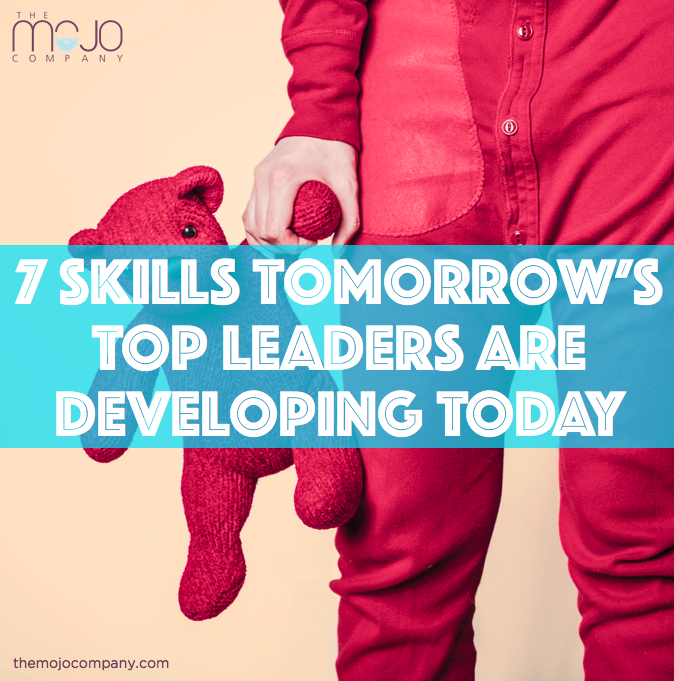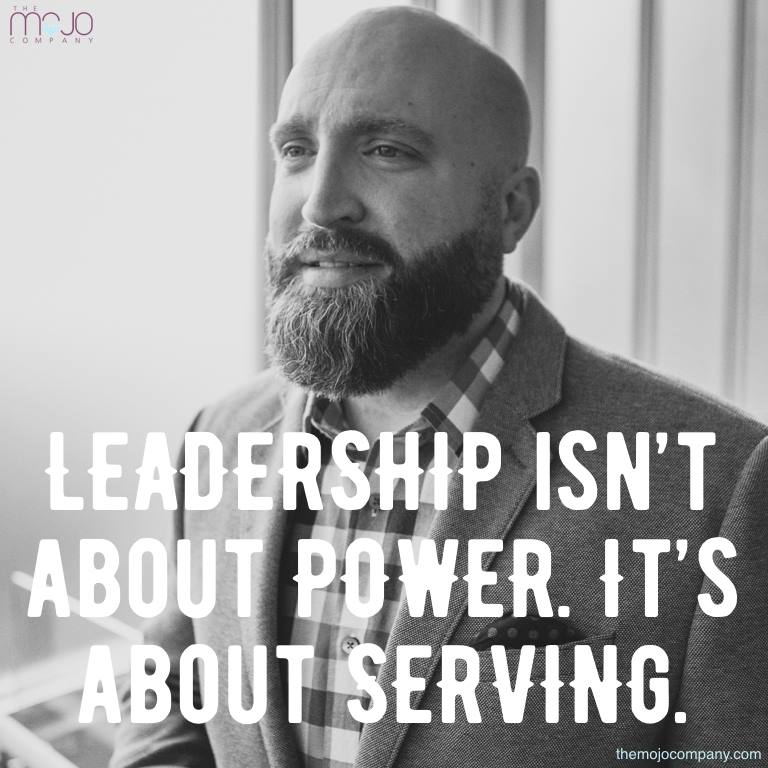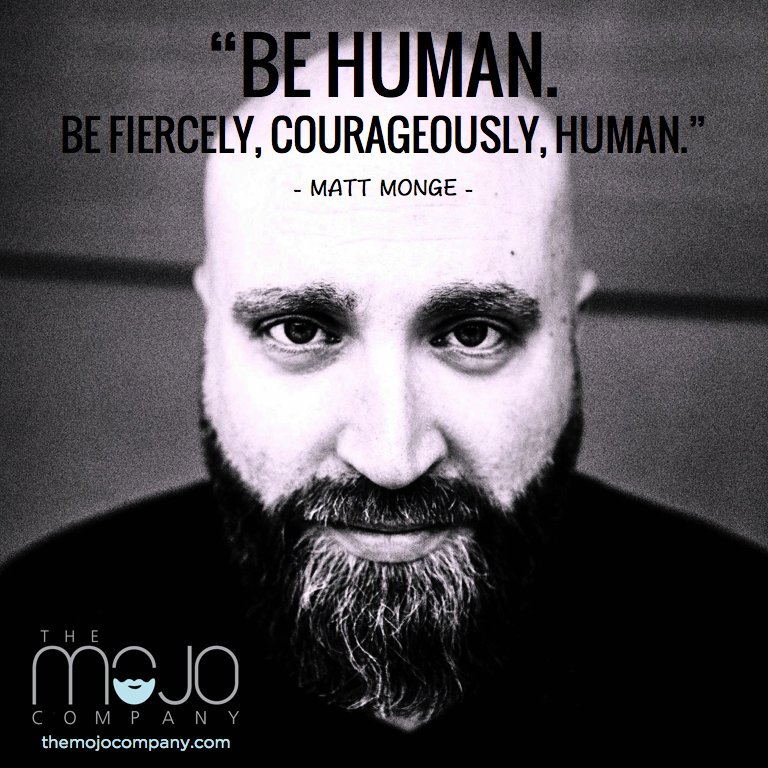![]() Photo Credit: Maxpixel
Photo Credit: Maxpixel
A conference room table is much more winsome than rows of chairs facing the front of the room. At least for me. Chairs facing each other give the impression that all those at the table have a voice. Enlarge that to an organizational level. Especially related to change. When employees understand some sort of change is necessary for the growth of the organization, then having the opportunity to speak into that change has tremendous value.
Not just for embracing the change but for the execution of the best change possible.
A few years ago, I had the opportunity to be on a board of directors of a private international school in another country. Also a parent of students in that school, it was easy and satisfying to engage in the various problems and challenges the board faced for the sake of the school. Initiating change was always a part of that. Early on during my tenure on the board, I saw how difficult it was for the average parent to get the ear of the board. This was grievous to me that I had more influence than most of the parents on decisions affecting all our children’s school situation.
Out of this personal pressure point, a parents’ organization was birthed. It was a difficult labor, but worth all the effort in terms of trust-building and overall outcomes.  Photo Credit: Better Together, Balcony People, Deb Mills Writer
Photo Credit: Better Together, Balcony People, Deb Mills Writer
Theologian Chuck Lawless has written an article on executing change. His focus is the church but his succinct 10 thoughts are relevant to any organization. See what you think:
- The healthiest organizations are always in a state of change.
- All generations can be opposed to change.
- People want to know the “why” behind the change.
- Their opposition to change isn’t always a personal attack on the leader.
- They might oppose change (in the church, on their team or subset of their organization) simply because that’s the only place they have a voice about change.
- Some aren’t opposed to the change; they’re opposed to the process.
- The best change agents take their time to secure support.
- Our assessment of opposition could be overly optimistic.
- A vote for change is not a guarantee of support for that change.
- Often, any immediate chaos caused by a change settles down after that change is done.
 Photo Credit: Flickr
Photo Credit: Flickr
Thinking back on the formation of that parents’ organization, we learned the wisdom of securing feedback early from those most affected by the change. Feedback well before the roll-out of the change. We also gained an understanding of how “knowledge is power”. Parents who had access to the knowledge of looming change as well as an avenue to speak into that change became advocates and influencers for the change.
Who are your critical thinkers? Those folks on your team who think deeply about work and the processes at work that affect personnel. Not all of them are the greatest cheerleaders and definitely not just the isolated inner circle of leadership.
Are we willing to value and seek out the critics, skeptics, naysayers, contrarians? If our ideas are so fragile that we can’t bear the input of these folks, how can we press these ideas on a whole organization? If we only take the input of those consummately agreeable with our ideas, then do we avoid, even lack, the feedback that could launch our ideas toward the most favorable change?
Business writer Oliver Staley gives organizational psychologist Adam Grant‘s take on the positive impact of the disagreeable giver – in regards to change:
Cheerful and helpful workers are beloved by their bosses, and just about everyone else, really. Enthusiastic optimists make for great colleagues, rarely cause problems, and can always be counted on.
But they may not necessarily make the best employees, says Adam Grant, the organizational psychologist and Wharton professor.
The agreeable giver may seem like the ideal employee, but Grant says their sunny disposition can make them averse to conflict and too eager to agree. Disagreeable givers, on the other hand, can be a pain…, but valuable to an organization, Grant says.
They’re more likely to fight for what they believe in, challenge the status quo, and push the organization to make painful but necessary changes, he says. And because they’re stingy with praise, when it’s offered, it generally can be trusted.
Disagreeable givers “can get more joy out of an argument than a friendly conversation” and be tough to work with, Grant says. But for organizations eager to avoid complacency and determined to improve, they also can be invaluable. – Oliver Staley
In Chuck Lawless’ 10 Thoughts, he doesn’t speak outright about disagreeable givers, but they are present and valued. One of Lawless’ readers, Jerry Watts, commented with this insight: “One time, in a culture far-far away, I heard a pastor say, ‘People aren’t afraid of change, they’re afraid of loss.’ – I thought those were good words to remember. After 40+ years, I have discovered that change is okay as LONG AS you don’t mess with me.”
Change does mix loss with gains. When personnel have the opportunity to grieve ahead of time, their problem-solving acumen is sparked to help drive a better change, not just for themselves but for the organization as a whole. Is it messy including more people in the decision-making? Of course…but the process for everyone yields far more meaning and understanding.
The Best Employees Are Not the Agreeable Ones, According to Adam Grant – Oliver Staley
Changing Company Culture Requires a Movement, Not a Mandate – Bryan Walker and Sarah A. Soule
Negotiating Change – the Key to Survival in the 21st Century – Grande Lum
4 Ways to Face the Challenge of Disruptive Change – Ron Carucci
Monday Morning Moment – On Silos and Tribalism – Taking “Us” and “Them” to a Better “We” – Deb Mills



